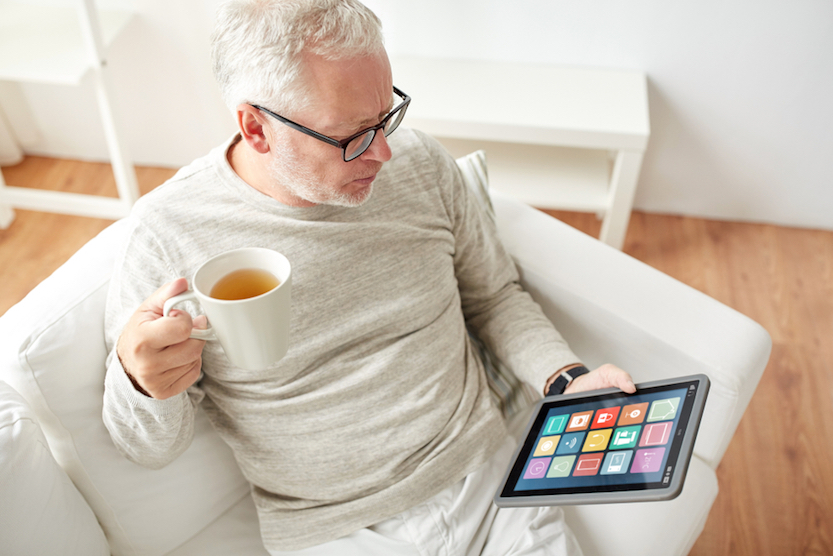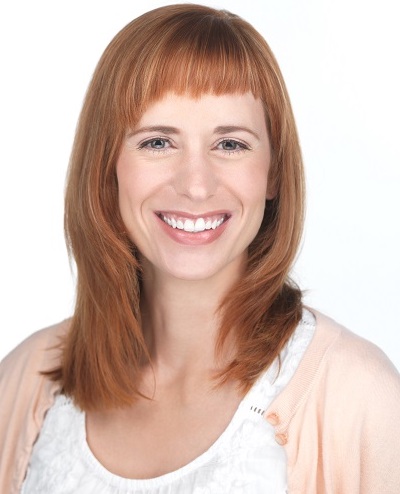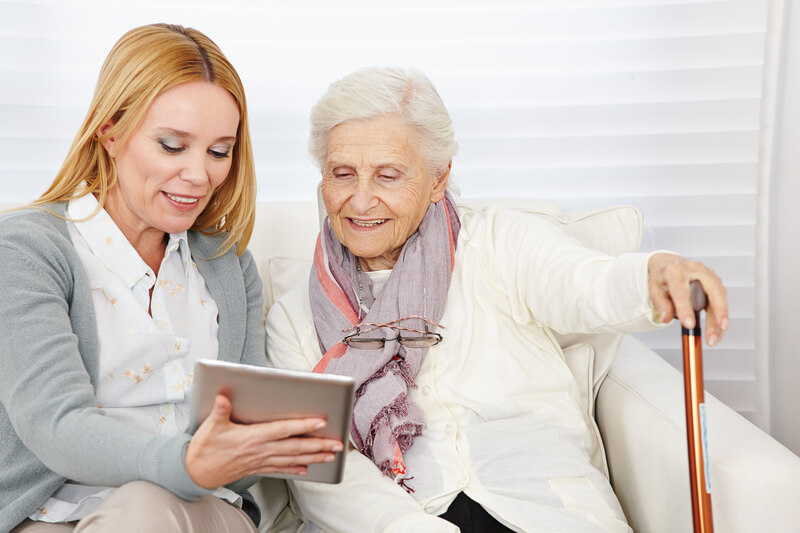



Get new exclusive access to healthcare business reports & breaking news






By Amber Redmann, CEO, Parasol Alliance
As the CEO of a technology solutions company that exclusively services the senior living industry, I am excited when I hear senior living communities discuss innovation and smart technology. Technology is the future.
I am often asked when certain technologies will be an option to everyone. If regulations were not an issue, we would have likely seen a surge in implementing tools like tablet-controlled medication reminders that speak to your loved one just as if a caregiver was in the room or a sonar assisted daily living skill device that monitors the movement in the room, tracking how many times a person uses the restroom, showers, or opens the refrigerator. Or a simple tool such as a smart spoon, a spoon that detects food intake. These resources would have likely been implemented yesterday if finances were not an issue. Why? Because smart technology is what the baby boomer generation wants and ultimately what their loved ones need.
According to a recent study performed by Pew Research, 60% of Americans over the age of 65 are now online (Duggan & Perrin, 2015). So why isn’t every senior living community having the smart spoon used at every meal or monitoring their loved ones medications with tablet-controlled reminder applications? They are hesitant for several reasons; regulation, infrastructure, and funding. As more and more smart devices are available on the market, the more owners and operators mull over how best to integrate these devices with their current platforms. In addition, the inherent risk to privacy can be a major concern especially when considering how the collected data is interpreted, and by who?
Even if best practices and devices can be put in place, can a community accommodate the devices from an infrastructure perspective? I often see skilled nursing facilities with reduced technology platforms, poorly secured networks, and limited financial resources struggling to adhere to government regulations. If today’s platforms are operating with bare bones infrastructure, is the senior living industry planning today for tomorrow’s technology needs? Not often.
Historically, the senior living industry is known for reacting to technology. Technology is complicated, and resources are limited. Often the IT responsibility lies upon the shoulders of a tech savvy business office manager or a member of the maintenance staff who knows how to run the cable. Unfortunately, the business office manager and the maintenance staff lack infrastructure and network knowledge which can lead to re-work, resulting in ad-hoc spending and dissatisfaction among end users.
Organizations considering implementing new technology should first complete a technology analysis and strategic plan — a deep dive into your current infrastructure and strategically plan for your technology future. By collaborating with a technology vendor and implementing a plan for future needs such as– staffing growth and geographical growth. Or planning for the optimization of current products, such as the electronic health records or the human resource information systems software, integration of new applications and training for staff to embrace the new technology, as well as identifying business systems that can be eliminated due to redundancy in functionality within other software to name a few.


Be proactive, we know this is the future. Changing the culture of technology is the single most important initiative a senior living community can do before innovation can occur. Without overall change, the current technology culture will not embrace the need for innovation. Leadership must lead by example and set an expectation for all staff to adopt the concept. In order to be successful, the community must have an “all in” approach.
As a technology solutions company, we research products for our senior living community clients such as internet connected watches or body devices that track daily movement, sonar monitoring devices, and voice-enabled applications. These once non-conventional resources efficiently assist caregivers in caring for the aging population and are quickly becoming the norm. These innovative monitoring tools are some of many being used in the independent living sector, but due to regulations and potential risk factors, residents in assisted living and skilled nursing facilities are likely not having the same experience.
As government policy is timidly wading in the water, not sure when to take the plunge on accommodating regulations, senior focused technology device companies have taken a cannonball approach and have been treading water for quite some time. Both the government and the manufacturers continue to circle each other, waiting for the other to make a move.
Technology and updated government regulations will have to be in the forefront of healthcare for smart technology services to be commonplace in the industry. Can you imagine getting a report every day as to how many times your loved one opened the refrigerator, or did mom use the restroom twice in one day or not at all? Or, how many hours in a day did Dad lie in bed?
As a CEO in the healthcare space, I am anxiously waiting for infrastructure, government regulations, and technology to align so we can begin to see senior living communities adopt this way of clinical care in their culture. To have the ability to pull up an app on my phone to monitor the progress of my mom or dad in a community down the street or hundreds of miles away, would not only provide reassurance as a daughter but will be exciting as the CEO and CIO of our company. If we can move the industry forward, together, I not only foresee a sense of relief for family members, but a shift in the way communities perform operationally in the future.